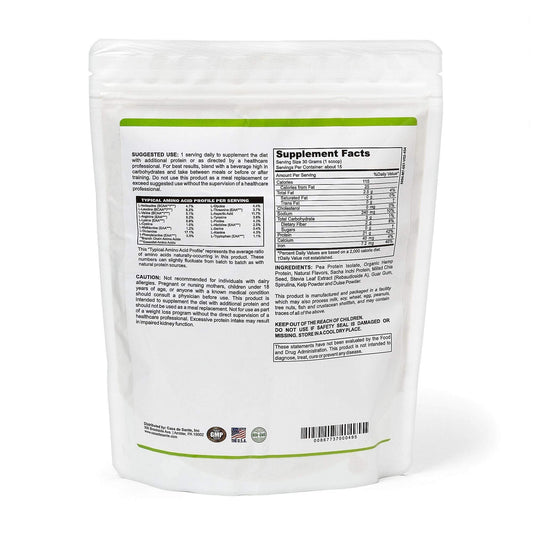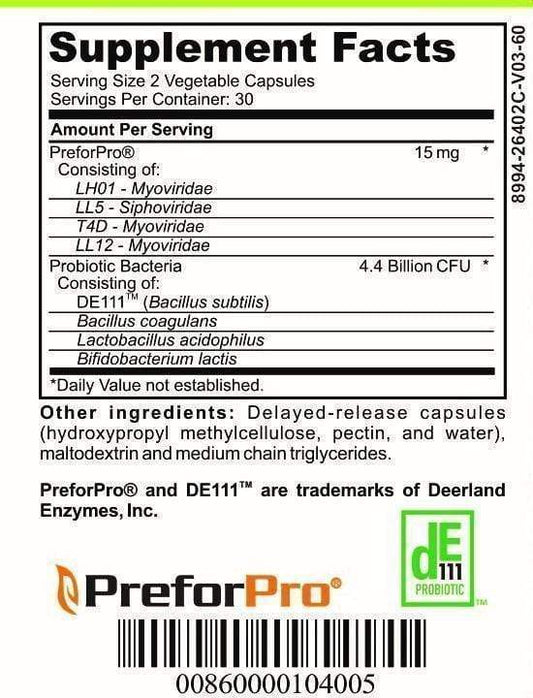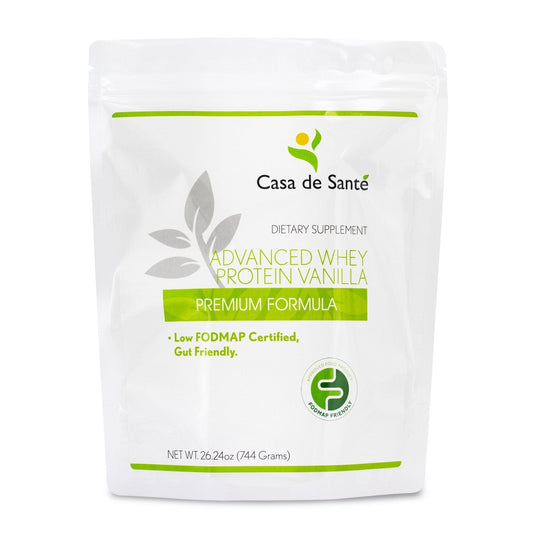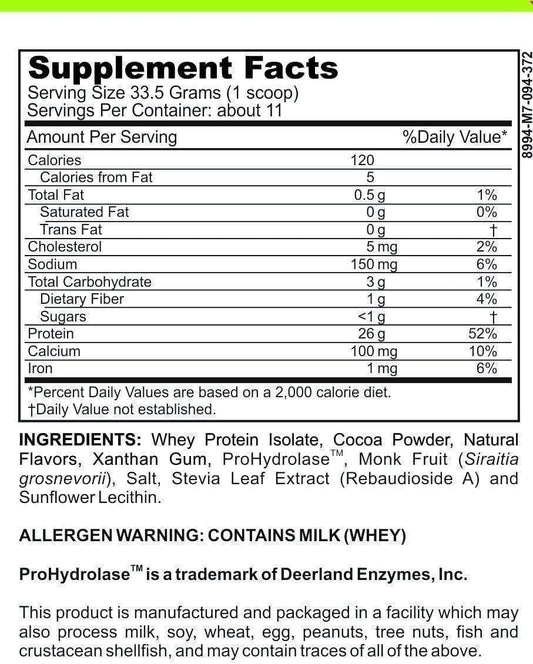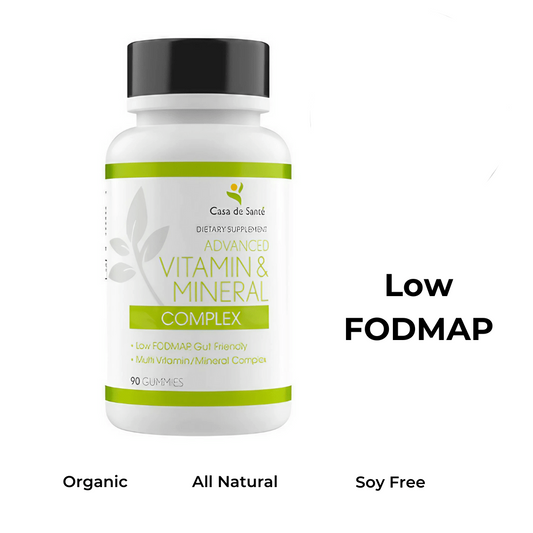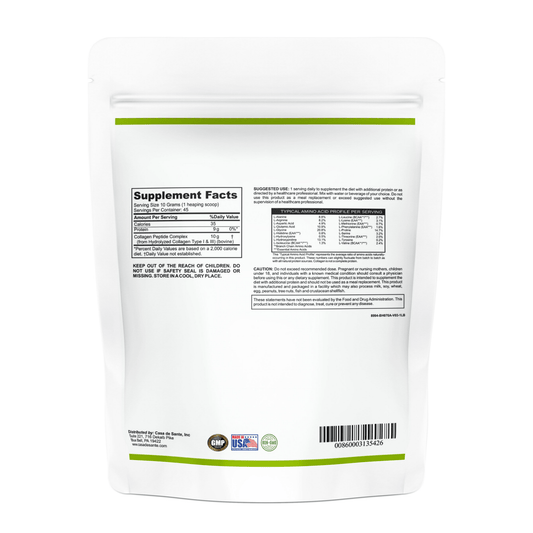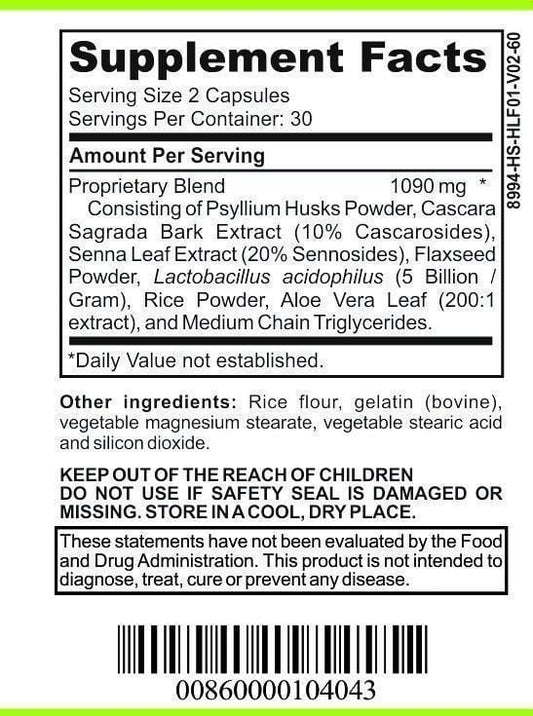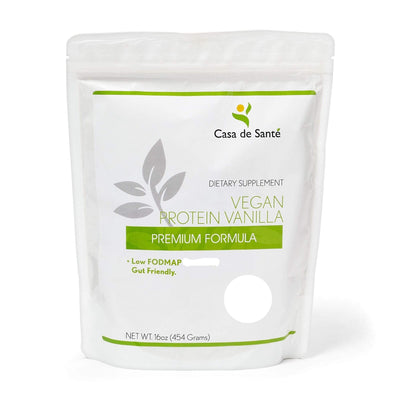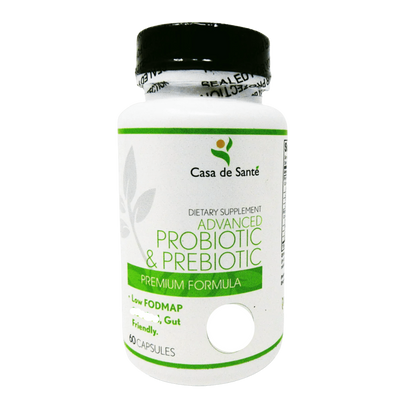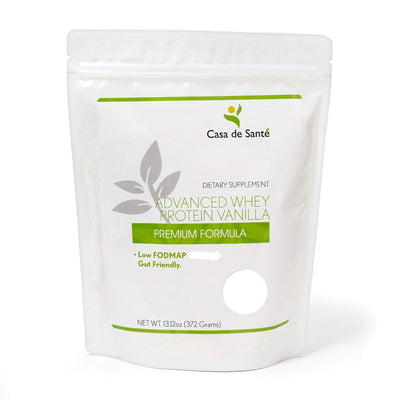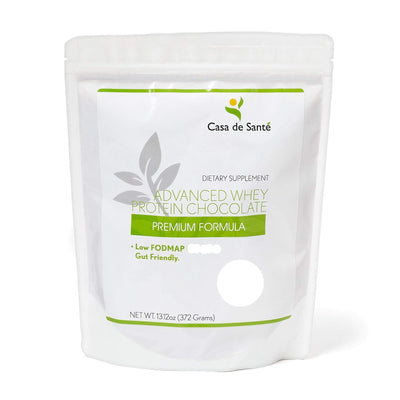Are Cheetos Gluten Free
Are Cheetos Gluten Free
Cheetos are a popular snack enjoyed by many, but for those who follow a gluten-free diet, the question often arises: Are Cheetos gluten-free? In this article, we will explore the answer to that question and provide valuable information for individuals with gluten intolerance or sensitivity. Let's delve into the world of Cheetos and gluten to gain a better understanding.
Understanding Gluten and Its Effects
Before we can determine whether Cheetos are gluten-free, it's important to have a basic understanding of gluten and its effects. Gluten is a protein found in wheat, barley, and rye, and it provides elasticity to dough, helping it rise and maintain its shape. While gluten is harmless for most people, it can cause adverse reactions in individuals with gluten intolerance or celiac disease.
What is Gluten?
Gluten, as mentioned earlier, is a protein that gives elasticity to dough and assists in maintaining its structure. It can be found in a wide range of foods, including bread, pasta, cereals, pastries, and many others. For those with gluten intolerance or celiac disease, consuming gluten can trigger an immune response that damages the small intestine.
Gluten is not only present in food products but can also be found in non-food items such as cosmetics, medications, and even certain types of playdough. It is essential for individuals with gluten intolerance to be cautious not only about what they eat but also about the products they use on their bodies or come into contact with.
Common Foods Containing Gluten
Gluten is commonly found in wheat, barley, and rye, which means that most products made from these grains contain gluten. This includes everyday staples such as bread, pasta, pizza, and baked goods. It's crucial for individuals with gluten intolerance to be vigilant about reading labels and being aware of hidden sources of gluten in processed foods.
Aside from the obvious sources of gluten, there are also some surprising foods that may contain hidden gluten. For example, soy sauce often contains wheat as an ingredient, making it unsuitable for those with gluten intolerance. Additionally, certain types of processed meats, such as sausages and hot dogs, may contain gluten as fillers or binders. It's important to thoroughly check ingredient lists or look for gluten-free certifications when purchasing these products.
Symptoms of Gluten Intolerance
Gluten intolerance, also known as gluten sensitivity, can manifest in various ways. Common symptoms include digestive issues such as bloating, gas, diarrhea, or constipation. Others may experience fatigue, headaches, joint pain, or a rash. If you suspect you may have gluten intolerance, it's best to consult with a healthcare professional for a proper diagnosis.
It's worth noting that the symptoms of gluten intolerance can vary widely from person to person. Some individuals may experience severe reactions after consuming even small amounts of gluten, while others may only have mild discomfort. It's important to listen to your body and pay attention to any changes or reactions you may have after consuming gluten-containing foods.
Furthermore, gluten intolerance can sometimes be mistaken for other conditions, such as irritable bowel syndrome or wheat allergy. It's crucial to consult with a healthcare professional to rule out other potential causes and receive an accurate diagnosis.
The Composition of Cheetos
Now that we understand what gluten is and its effects, let's take a closer look at the composition of Cheetos. Cheetos are a popular brand of cheesy snacks that are loved by people of all ages. They have a distinct crunchy texture and a cheesy flavor that keeps fans coming back for more.
Main Ingredients in Cheetos
Cheetos are primarily made with cornmeal, vegetable oil, and cheese. These three main ingredients form the base of the snack and contribute to its unique taste and texture. While cornmeal is naturally gluten-free, it's essential to consider the other ingredients and the manufacturing process to determine if Cheetos are gluten-free.
How Cheetos are Made
Cheetos are made through a process called extrusion. The cornmeal is mixed with water to form a dough-like consistency, which is then forced through a shaped die under high pressure and temperature. This creates the iconic Cheetos shape and texture. The snacks are then fried or baked to give them their signature crunch.
Analyzing the Gluten Content in Cheetos
Now that we have a foundation of knowledge about both gluten and Cheetos, it's time to analyze the gluten content in Cheetos and determine whether they are gluten-free.
Gluten, a protein found in wheat, barley, and rye, has become a topic of interest for many individuals due to its potential adverse effects on health. People with celiac disease, an autoimmune disorder triggered by gluten consumption, must strictly avoid gluten to prevent damage to their small intestine. Additionally, there is a growing number of individuals with non-celiac gluten sensitivity who experience symptoms such as bloating, abdominal pain, and fatigue after consuming gluten.
The manufacturer of Cheetos, Frito-Lay, states that some flavors of Cheetos may contain traces of gluten due to cross-contamination during the manufacturing process. They label these products as "made with gluten-containing ingredients" and provide clear allergen information on their packaging. This transparency allows individuals with gluten intolerance to make informed decisions about consuming Cheetos.
It's important to note that cross-contamination can occur when gluten-free and gluten-containing products are processed in the same facility or on shared equipment. Despite rigorous cleaning protocols, the risk of trace amounts of gluten ending up in gluten-free products cannot be completely eliminated. This is why Frito-Lay takes the necessary precautions to inform consumers about the potential presence of gluten in certain flavors of Cheetos.
Independent Lab Testing Results
Curiosity and concern about the gluten content in Cheetos led to independent lab testing. The results of these tests have confirmed that some flavors of Cheetos may contain small amounts of gluten, although they fall well below the Food and Drug Administration's threshold for gluten-free labeling. This means that, legally, these Cheetos can still be labeled as gluten-free.
However, it's worth noting that individuals who are extremely sensitive to gluten may still experience a reaction to even trace amounts. The threshold for gluten sensitivity varies from person to person, and some individuals may need to avoid Cheetos altogether to prevent any adverse effects on their health.
While the lab testing provides valuable information, it is essential to remember that it represents a snapshot of the gluten content in Cheetos at the time of testing. Manufacturers may modify their ingredients or manufacturing processes, which could potentially impact the gluten content in the future. Therefore, it is always advisable to check the packaging for the most up-to-date information.
In conclusion, while some flavors of Cheetos may contain traces of gluten, Frito-Lay's transparency and clear labeling allow individuals with gluten intolerance to make informed decisions. The independent lab testing confirms that these Cheetos fall below the FDA's gluten-free threshold, but individuals with extreme gluten sensitivity should exercise caution. As the understanding of gluten and its effects on health continues to evolve, it is crucial to stay informed and make choices that align with individual dietary needs and preferences.
Gluten-Free Alternatives to Cheetos
For those who follow a gluten-free diet or have gluten intolerance, there are plenty of delicious alternatives to satisfy cravings for cheesy snacks.
When it comes to finding gluten-free alternatives to Cheetos, the options are expanding every day. Whether you prefer to buy ready-made snacks or enjoy the process of making your own, there is something for everyone.
Popular Gluten-Free Snack Brands
Many snack brands now offer gluten-free options that mimic the crunch and flavor of Cheetos. These brands understand the importance of providing safe and enjoyable snacks for those with dietary restrictions. Look for brands that specifically label their products as gluten-free to ensure they meet your dietary requirements.
One popular gluten-free snack brand is PopCorners. They offer a variety of flavors, including their classic cheddar flavor that will remind you of the cheesy goodness of Cheetos. Made with real cheese and non-GMO corn, PopCorners are a guilt-free and gluten-free alternative that will leave you satisfied.
Pirate's Booty is another well-known brand that offers gluten-free snacks. Their Aged White Cheddar flavor is a fan favorite, providing a cheesy and crunchy experience that rivals traditional Cheetos. Made with real cheese and no artificial colors, Pirate's Booty is a delicious and wholesome option for those seeking a gluten-free alternative.
If you're looking for a snack that not only satisfies your cravings but also supports a cause, Hippeas is the brand for you. Their gluten-free and vegan snacks are made from organic chickpeas, providing a healthier alternative to traditional cheesy snacks. With flavors like Vegan White Cheddar and Sriracha Sunshine, Hippeas offers a unique and flavorful snacking experience.
Making Your Own Gluten-Free Snacks
If you enjoy getting creative in the kitchen, making your own gluten-free cheesy snacks is a fantastic option. Not only can you customize the flavors to your liking, but you also have control over the ingredients, ensuring they meet your dietary needs.
There are countless recipes available that use gluten-free flours and ingredients to create crispy, cheesy treats. From cheesy kale chips to crispy chickpea puffs, the possibilities are endless. Experimenting in the kitchen can be a fun and rewarding way to satisfy your craving for a gluten-free alternative to Cheetos.
One popular recipe for homemade gluten-free cheesy snacks is using nutritional yeast. Nutritional yeast has a cheesy flavor and can be combined with various gluten-free flours, such as almond flour or chickpea flour, to create a crunchy and savory snack. Simply mix the ingredients, season with your favorite spices, and bake until crispy.
Another option for homemade gluten-free snacks is using gluten-free tortillas or wraps. Cut them into small triangles, brush with olive oil, sprinkle with your favorite cheese, and bake until golden and crispy. These homemade tortilla chips will satisfy your cheesy cravings while providing a gluten-free alternative.
Whether you choose to indulge in ready-made gluten-free snacks or embark on a culinary adventure in your own kitchen, there are plenty of options to satisfy your craving for a gluten-free alternative to Cheetos. Enjoy the cheesy goodness without compromising your dietary needs!
Living a Gluten-Free Lifestyle
Embracing a gluten-free lifestyle involves more than just avoiding certain foods. Here are some tips for navigating a gluten-free diet.
Tips for Avoiding Gluten in Your Diet
- Read ingredient labels carefully and look for gluten-containing grains, such as wheat, barley, and rye.
- Familiarize yourself with gluten-free grains like rice, quinoa, and corn.
- Choose fresh, whole foods whenever possible, as they are less likely to contain hidden sources of gluten.
- Be aware of cross-contamination in restaurant settings and communicate your dietary needs clearly to ensure a safe dining experience.
Benefits of a Gluten-Free Diet
For individuals with gluten intolerance or celiac disease, following a gluten-free diet can lead to numerous health benefits. These may include improved digestion, increased energy levels, and relief from various symptoms associated with gluten sensitivity. It's important to work with a healthcare professional or registered dietitian to ensure a balanced and nutritious gluten-free diet.
In conclusion, while some flavors of Cheetos may contain traces of gluten, they are not considered gluten-free due to potential cross-contamination during the manufacturing process. Individuals with gluten intolerance or sensitivity should exercise caution and refer to the manufacturer's allergen information. Fortunately, there are plenty of gluten-free alternatives and homemade options available to fulfill cravings for cheesy snacks. By understanding gluten, its effects, and making informed decisions, individuals can navigate a gluten-free lifestyle with confidence.


